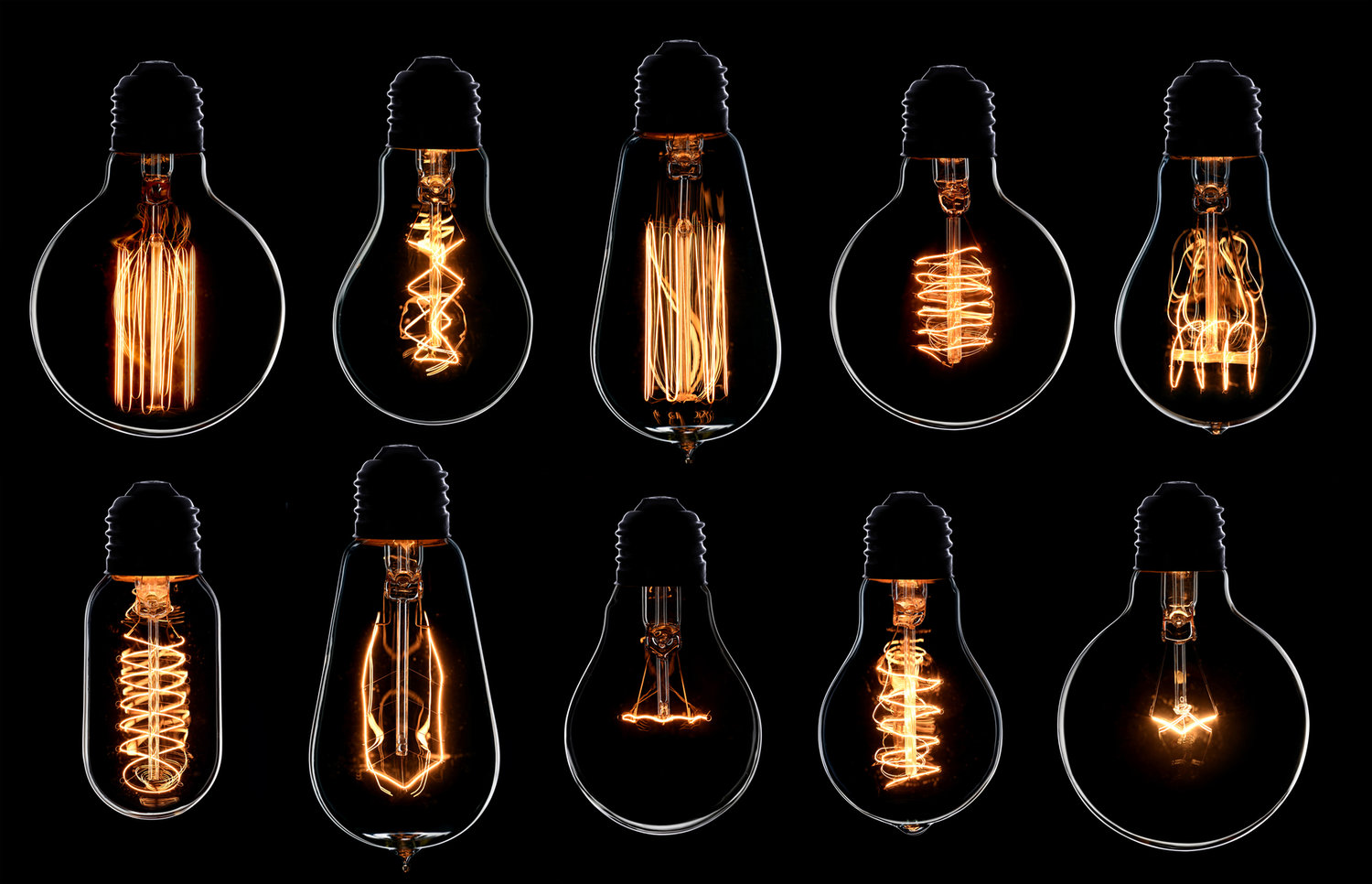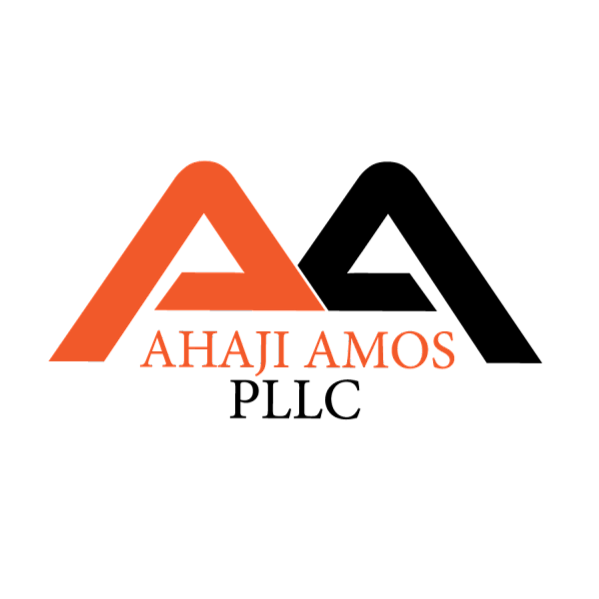
We Represent
Entrepreneurs
,
Inventors
,
Innovators
SOFTWARE PATENTS
SOFTWARE APPLICATION PATENTS
A patent is a set of exclusive rights granted by a sovereign state to an inventor or assignee for a limited period of time in exchange for detailed public disclosure of an invention. Software patents have largely not benefitted from our system of patent laws, deemed “abstract ideas” or simply “algorithms” excluded from patent protection through a series of questionalble Supreme Court decisions. There is a beakon of hope.
A bipartisan Cogressional committee has recently proposed a bill that would remove the judicially-created exception to patent eligibility that currently prevents nearly all software application-based technology from being patented. I have faith that some form of this really great bill will be passed and become law. In light of the bill, it’s a great idea to reconsider your software protection strategy.
PATENT PROSECUTION AND COUNSELING SERVICES
PROVISIONAL PATENT PENDING PATENT APPLICATION
NON-PROVISIONAL UTILITY PATENT APPLICATION PREPARATION AND FILING
DESIGN PATENT APPLICATION PREPARATION AND FILING
PCT INTERNATIONAL PATENT APPLICATION PREPARATION AND FILING
INTELLECTUAL PROPERTY AUDITS
PLANT PATENT APPLICATION PREPARATION AND FILING
PATENT SEARCHING
PATENT INFRINGEMENT MONITORING
PATENT PORTFOLIO STRATEGY COUNSELING
PATENT CLEARNACE FREEDOM TO OPERATE OPINIONS
PATENTABILITY OPINIONS
NATURAL HAIR CARE PRODUCT PATENTS
SOFTWARE PATENTS
YOUR QUESTIONS…
1. When should I apply for a patent?
2. Can I patent my name and logo?
3. How do I know if I can get a patent?
4. Someone is using my patented process. How do I stop them?
5. Should I file a provisional patent application or a utility patent application?
6. How does a design patent differ from a trademark?
7. How long does the patenting process take?
8. Can I design around an existing patent?
OUR ANSWERS…
We provide a comprehensive set of services related to the creation, exploitation, and protection of patent portfolios. Many patent prosecution services are offered on a flat fee basis.
An inventor should apply for a patent application to protect their invention no more than 12 months after a public disclosure, sale, or offer for sale. Best practice would dictate applying for at least a provisional patent application before talking to investors, manufacturers, distributors, or any third party.
Product or service names and logos are protectable, but they are protectable using trademarks. Patents protect, new, useful, and non-obvious inventions.
You can get a patent if three criteria are met. First, the invention must be patentable subject matter. Second, the invention must be new. Third, the invention must be non-obvious.
If someone is using a product that you have patented, you must call a patent litigator, like Ahaji Amos. Patent litigation is complex and can’t be done without a skilled professional.
You should file a provisional patent application only if you want to disclose the invention to someone and you are not ready to file a non-provisional utility patent application. Provisional patent applications do give patent pending status, but never turn into patents.
A design patent lasts for only 14 years, while trademark protection on designs lasts for as long as the design is in use. However, the standards for infringing each is different.
On average it takes about thirty-six months from the time a non-provisional utility patent application is filed until it issues into a patent.
Maybe, call us and we can walk you through it.


